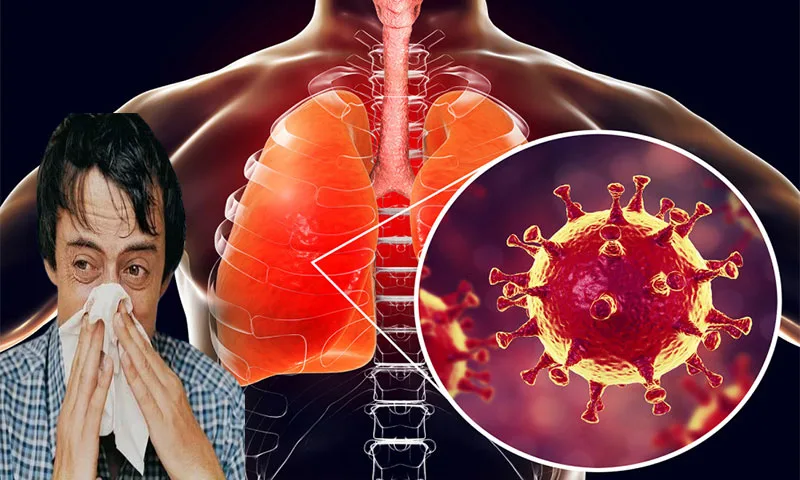What is H1N1 Influenza?
H1N1 influenza, commonly referred to as swine flu, is a respiratory infection caused by the H1N1 strain of the influenza virus. This virus emerged in 2009, leading to a global pandemic. It contains a unique combination of gene segments from human, swine, and avian influenza A viruses.
Symptoms of H1N1 Influenza
The symptoms of H1N1 influenza are similar to those of seasonal flu and can include:
- Fever
- Cough
- Sore throat
- Runny or stuffy nose
- Body aches
- Headache
- Chills
- Fatigue
- Diarrhea and vomiting (more common in children)
These symptoms typically appear suddenly and can range from mild to severe.
Causes and Transmission
H1N1 influenza spreads similarly to other flu viruses, primarily through respiratory droplets when an infected person coughs or sneezes. It can also spread by touching surfaces contaminated with the virus and then touching the nose or mouth. Despite its name, you cannot contract swine flu from consuming pork products.
Prevention Measures
To reduce the risk of H1N1 influenza:
- Vaccination: Annual flu vaccines are designed to protect against the most common strains, including H1N1.
- Hygiene Practices: Regular handwashing with soap and water, using hand sanitizers, and avoiding touching your face can help prevent infection.
- Avoid Close Contact: Stay away from individuals who are sick, and if you’re ill, limit contact with others to prevent spreading the virus.
- Cover Coughs and Sneezes: Use a tissue or your elbow to cover your mouth and nose when coughing or sneezing.
Implementing these measures can significantly decrease the likelihood of contracting or spreading H1N1 influenza.
Treatment Options
Most cases of H1N1 influenza are mild and can be managed with rest, fluids, and over-the-counter medications to alleviate symptoms. However, antiviral drugs may be prescribed for severe cases or individuals at higher risk of complications. It’s essential to consult a healthcare provider for proper diagnosis and treatment recommendations.
Current Situation
As of recent reports, the United States is experiencing one of the most intense flu seasons in at least 15 years, with a significant number of cases attributed to H1N1. The Centers for Disease Control and Prevention (CDC) reported that 43 states had high or very high flu activity, particularly in the South, Southwest, and western states. Preventative measures, including vaccination and hygiene practices, are strongly recommended to curb the spread
#H1N1 #SwineFlu #Influenza #FluPrevention #PublicHealth




+ There are no comments
Add yours